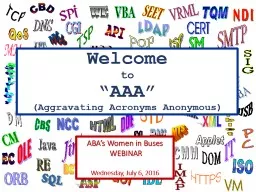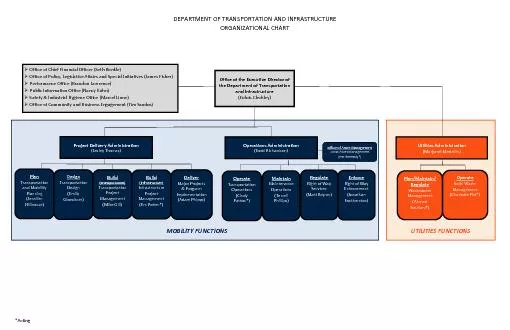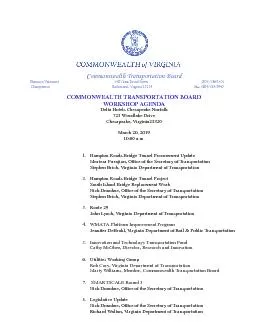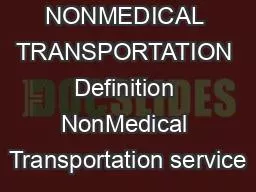PPT-WELCOME N.C. DEPARTMENT OF TRANSPORTATION
Author : cheryl-pisano | Published Date : 2020-01-10
WELCOME NC DEPARTMENT OF TRANSPORTATION MATERIALS AND TESTS UNIT FIELD CONCRETE CERTIFICATION SCHOOL Materials amp Tests Contacts Cabell Garbee Field Operations
Presentation Embed Code
Download Presentation
Download Presentation The PPT/PDF document "WELCOME N.C. DEPARTMENT OF TRANSPORTATIO..." is the property of its rightful owner. Permission is granted to download and print the materials on this website for personal, non-commercial use only, and to display it on your personal computer provided you do not modify the materials and that you retain all copyright notices contained in the materials. By downloading content from our website, you accept the terms of this agreement.
WELCOME N.C. DEPARTMENT OF TRANSPORTATION: Transcript
Download Rules Of Document
"WELCOME N.C. DEPARTMENT OF TRANSPORTATION"The content belongs to its owner. You may download and print it for personal use, without modification, and keep all copyright notices. By downloading, you agree to these terms.
Related Documents














